Dogs, often referred to as "man's best friend," have been our companions for thousands of years. Throughout history, they’ve been selectively bred for various purposes, resulting in a vast array of breeds with unique characteristics. Dogs come in all shapes and sizes, from massive working dogs to tiny lap dogs, each serving distinct roles in human society. In this article, we’ll explore the different classifications of dogs, their various roles, and compare them by weight, starting from the largest breeds and working down to the smallest.
Dogs can generally be classified into several categories based on their size, function, and temperament. These categories include:
Working DogsWorking dogs are bred for tasks such as guarding, herding, pulling, and search-and-rescue missions. These dogs are often large, strong, and intelligent, making them well-suited for physically demanding jobs.
Herding DogsHerding dogs are specifically bred to control and move livestock. They are known for their agility, intelligence, and responsiveness to commands, making them essential on farms and ranches.
Sporting DogsSporting dogs are used for hunting and retrieving game, particularly birds. These dogs have a keen sense of smell, excellent stamina, and are highly trainable.
HoundsHounds are bred for hunting, using either their scent or sight to track down prey. These dogs are often independent, but loyal, and come in a wide range of sizes.
TerriersTerriers are energetic dogs bred for hunting small animals and vermin. They are feisty, courageous, and highly active, often used for pest control in agricultural settings.
Toy DogsToy dogs are small breeds bred primarily for companionship. While they don’t have working roles, they are often intelligent, loyal, and affectionate, making them ideal for city living or as companions.
Non-Sporting DogsThis group is more diverse and includes breeds that don’t fit neatly into the other categories. Non-sporting dogs are bred for various purposes, including companionship, but don’t have a specific working role.
Mixed BreedsMixed breed dogs, often referred to as mutts, are a combination of two or more breeds. They can vary greatly in size, temperament, and appearance, making them versatile companions.
Dogs serve a variety of roles in human society, far beyond just being pets. Some of their most notable roles include:
Companionship: Most dogs are kept as companions, providing emotional support, affection, and entertainment to their owners.
Service Dogs: These dogs assist people with disabilities, such as guide dogs for the blind, hearing dogs for the deaf, and mobility assistance dogs.
Working Dogs: Many breeds are used in law enforcement, the military, and search-and-rescue operations. These dogs have a keen sense of smell and high intelligence, making them excellent in detecting substances or finding missing people.
Herding and Hunting: Dogs have been bred for centuries to help with hunting game or herding livestock. Herding dogs like Border Collies are crucial for managing sheep or cattle, while sporting breeds like Retrievers are excellent at retrieving birds or small animals.
Therapy Dogs: These dogs are trained to provide emotional support to people in hospitals, nursing homes, and schools. Therapy dogs help reduce stress and provide comfort during difficult times.
Below is a table comparing some of the largest and smallest dog breeds by their average weight:
| Dog Breed | Classification | Average Weight (lbs) | Average Weight (kg) | Role |
|---|---|---|---|---|
| English Mastiff | Working Dog | 150–230 lbs | 68–104 kg | Guarding, Companionship |
| Saint Bernard | Working Dog | 120–180 lbs | 54–82 kg | Search and Rescue, Companionship |
| Great Dane | Working Dog | 110–175 lbs | 50–79 kg | Guarding, Companionship |
| Newfoundland | Working Dog | 100–150 lbs | 45–68 kg | Water Rescue, Companionship |
| Leonberger | Working Dog | 90–170 lbs | 41–77 kg | Guarding, Companionship |
| Rottweiler | Working Dog | 80–135 lbs | 36–61 kg | Guarding, Police Work |
| Bernese Mountain Dog | Working Dog | 80–115 lbs | 36–52 kg | Draft Work, Companionship |
| Labrador Retriever | Sporting Dog | 55–80 lbs | 25–36 kg | Hunting, Companionship |
| Golden Retriever | Sporting Dog | 55–75 lbs | 25–34 kg | Hunting, Therapy, Companionship |
| German Shepherd | Herding Dog | 50–90 lbs | 23–41 kg | Police, Guarding, Search and Rescue |
| Beagle | Hound Dog | 20–30 lbs | 9–14 kg | Hunting, Companionship |
| French Bulldog | Non-Sporting Dog | 16–28 lbs | 7–13 kg | Companionship |
| Shih Tzu | Toy Dog | 9–16 lbs | 4–7 kg | Companionship |
| Pomeranian | Toy Dog | 3–7 lbs | 1.4–3.2 kg | Companionship |
| Chihuahua | Toy Dog | 2–6 lbs | 0.9–2.7 kg | Companionship |
The English Mastiff is known as the largest dog breed by mass. These gentle giants can weigh up to 230 pounds and are often used as guard dogs due to their imposing size. Despite their large stature, they are known for their calm and affectionate nature.
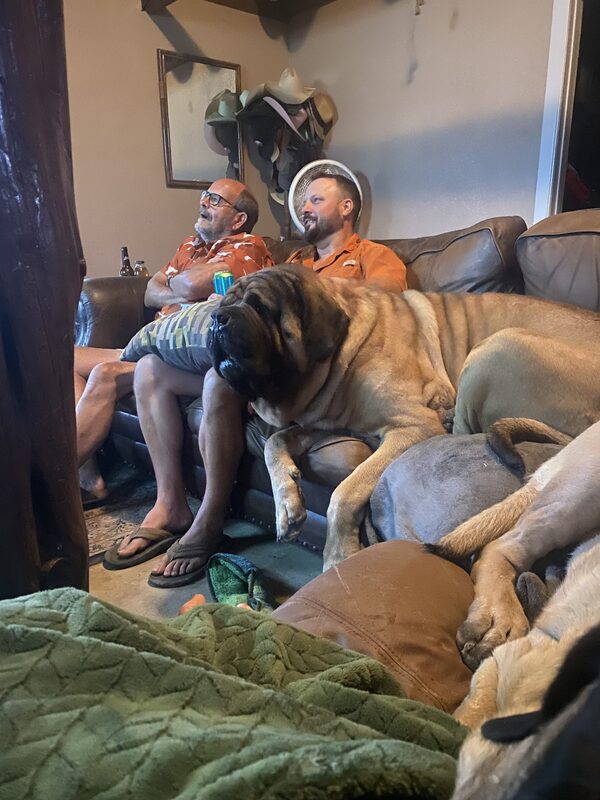
The Saint Bernard is another giant breed, originally bred for search-and-rescue missions in the Swiss Alps. With their immense strength and strong sense of smell, Saint Bernards were used to locate lost travelers in the snow. They are also great family companions.
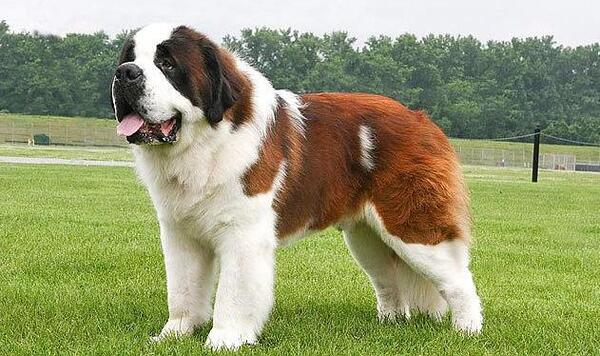
Great Danes are famous for their towering height, with some standing over 30 inches tall at the shoulder. They were originally bred to hunt wild boar and are now known as affectionate family dogs.
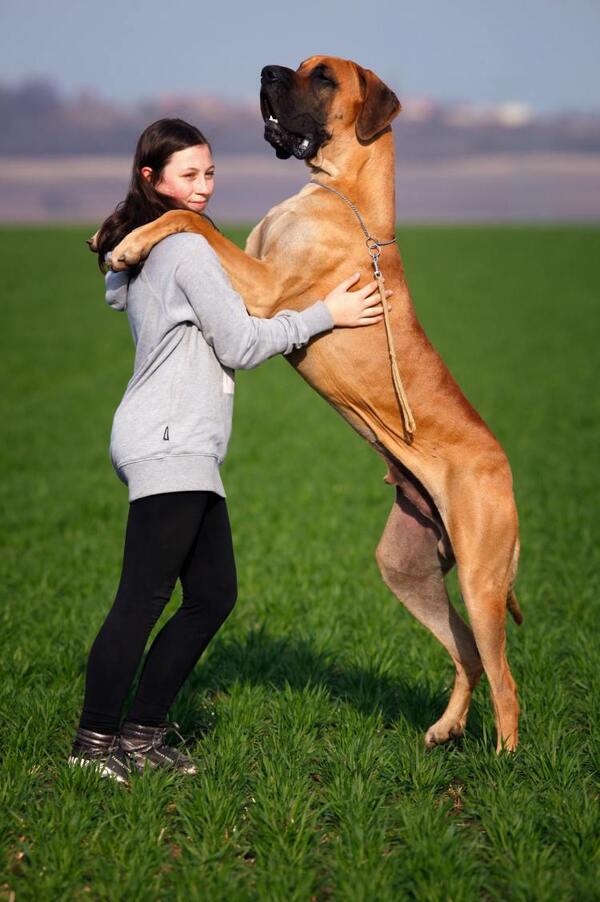
Newfoundlands are large, water-loving dogs often used in water rescue missions. Their thick, water-resistant coat and strong swimming ability make them ideal for saving people in distress.
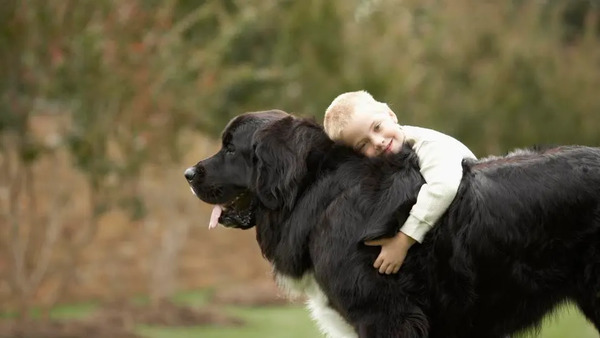
Labradors are one of the most popular dog breeds worldwide. Known for their friendly and energetic nature, they are commonly used as service dogs, in search-and-rescue missions, and as family pets.
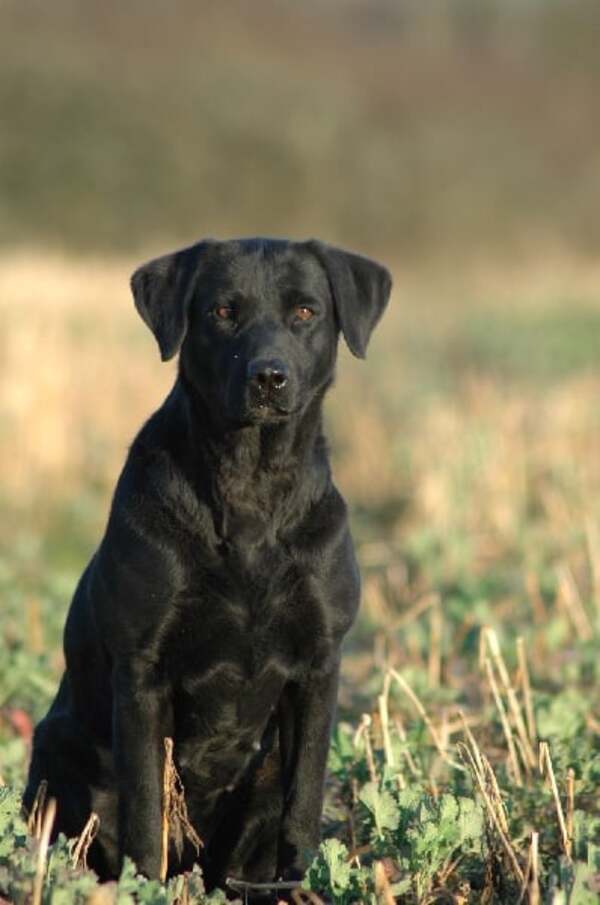
Golden Retrievers are another widely loved breed, known for their friendly and gentle temperament. They are excellent therapy dogs, service animals, and companions for families.
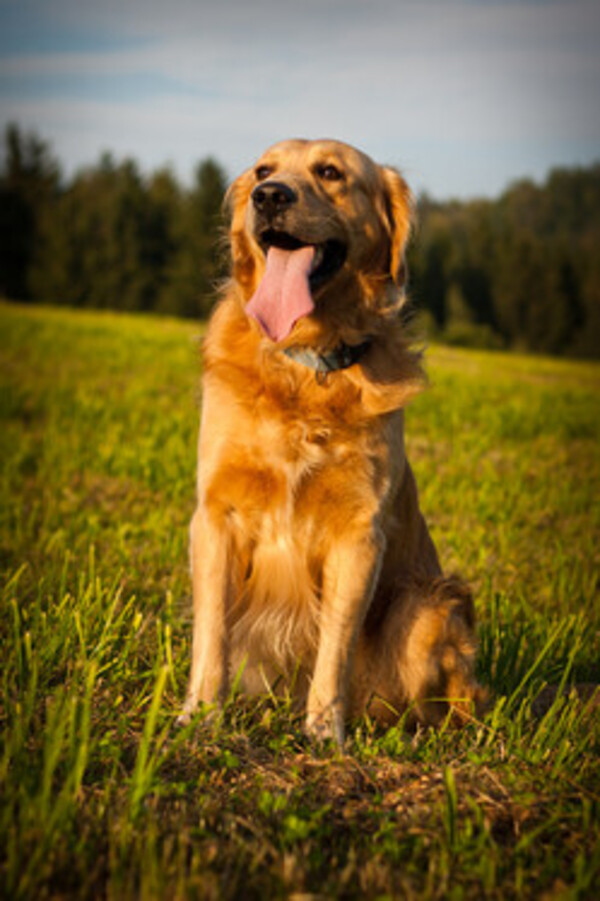
German Shepherds are highly intelligent and versatile dogs, often used in police work, military tasks, and search-and-rescue operations. Their strength and loyalty make them exceptional working dogs.
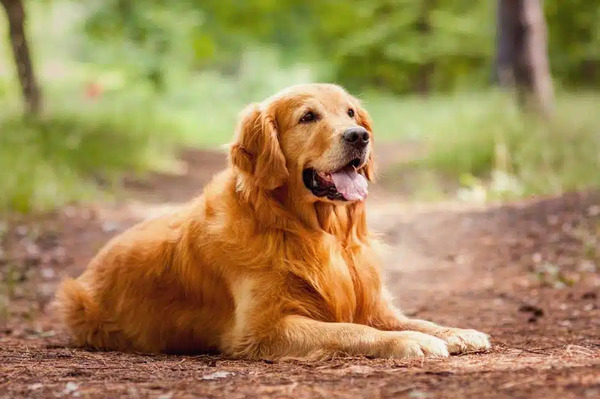
The Shih Tzu is a small, affectionate breed with a long, luxurious coat. Originally bred as a companion for Chinese royalty, Shih Tzus are now popular family pets.
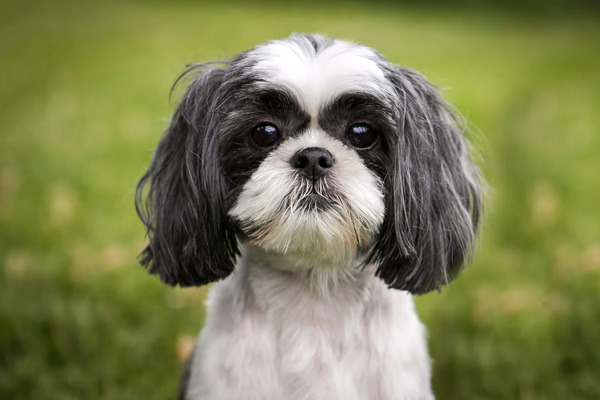
Pomeranians are small but full of personality. With their fluffy coats and confident demeanor, they make excellent companions for those who want a small dog with a big presence.
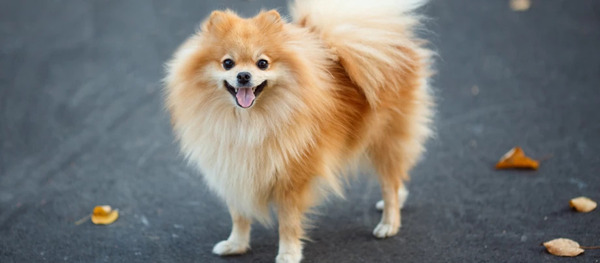
Chihuahuas are the smallest dog breed in the world, weighing as little as 2 pounds. Despite their tiny size, they are known for their bold and feisty personalities, making them popular among city dwellers.
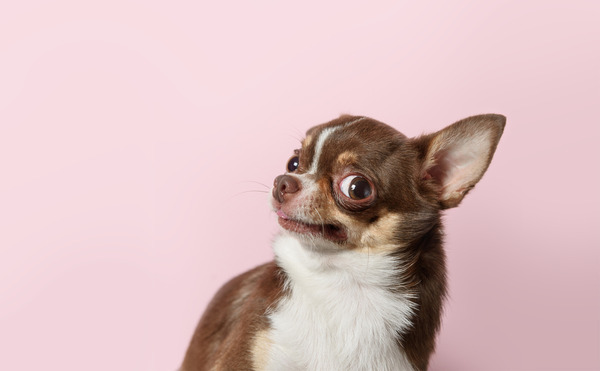
Dogs are incredibly diverse in terms of size, shape, and purpose. From the massive English Mastiff to the tiny Chihuahua, each breed has been selectively bred to serve a specific role in human society. Understanding the differences in classification, role, and size can help you choose the right dog breed for your lifestyle. Whether you need a loyal working companion, a playful family dog, or a tiny lap dog, there’s a perfect breed for everyone.
animal tags: Dogs
We created this article in conjunction with AI technology, then made sure it was fact-checked and edited by a Animals Top editor.